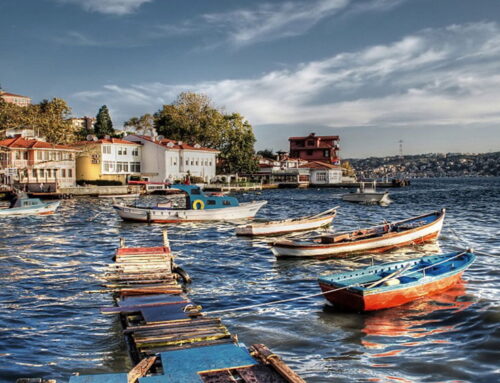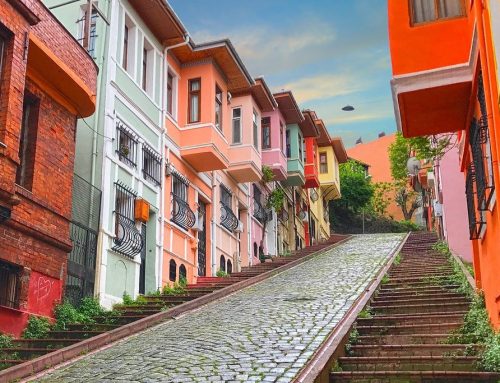The Bosphorus that separates the continents Europe and Asia but connects the Sea of Marmara and the Black Sea also divides the city of Istanbul into two parts, making it a city a sea passes through.
However, Bosphorus of Istanbul is the only exit way for the waters of the Black Sea fed by three big rivers called Danube, Dnieper, and Don, in addition to numerous small rivers. Positioned lower than the Black Sea but higher than the Sea of Marmara, the height difference between two ends of the Bosphorus is almost half a meter. Therefore, there is a continuous water movement from the Black Sea to the Sea of Marmara.
Moreover, it is not the only water movement in the Bosphorus. Since the Sea of Marmara is almost two times saltier than the Black Sea, there is also a movement from the south to the north in the Bosphorus. This undercurrent also known as “The Black Sea undersea river” or “the river under Bosphorus” acts like a river exactly. These two currents create whirlpools off the Bosphorus shores from time to time. When combined with adverse weather conditions, strong winds especially, these currents can be very dangerous for the maritime traffic.
Of course, the Bosphorus currents are well known by the seamen who monitor the weather conditions. The seamen of the Bosphorus very well know when they should borrow, when they should sail at a great distance from the land; they warn each other if necessary, or they cast anchor at natural harbors not affected by currents and weather conditions.
The Estuary tops the list of such natural harbors. A calm port from Byzantium to the Ottomans and from the Ottomans to the present day, the Estuary is a unique place for ships to take shelter in bad weather.
Obviously, safety has a price. Rumor has it that no ship could enter the Estuary without paying in gold, both in the Byzantine era and afterwards… the sailors who wanted to moor their ships up in the shipyards, piers, and harbors located especially in the northern part of the Estuary, i.e. its Galata side, and protect them from the storms, currents, and whirlpools were told “give the gold, protect your ship”…
And this is another reason why the Estuary is called the Golden Horn according to sailors.
It is unknown whether this is a myth, an urban legend, or just a factoid, but this is given as another reason why the Estuary is called the Golden Horn. Actually, there is only one way to learn which story is true. And it is a very easy way… You too stay in Aspera Hotel Golden Horn in the heart of Pera where the Continents meet; see the Estuary, that is, the Golden Horn for yourself, and you decide which one of the legends is true.





